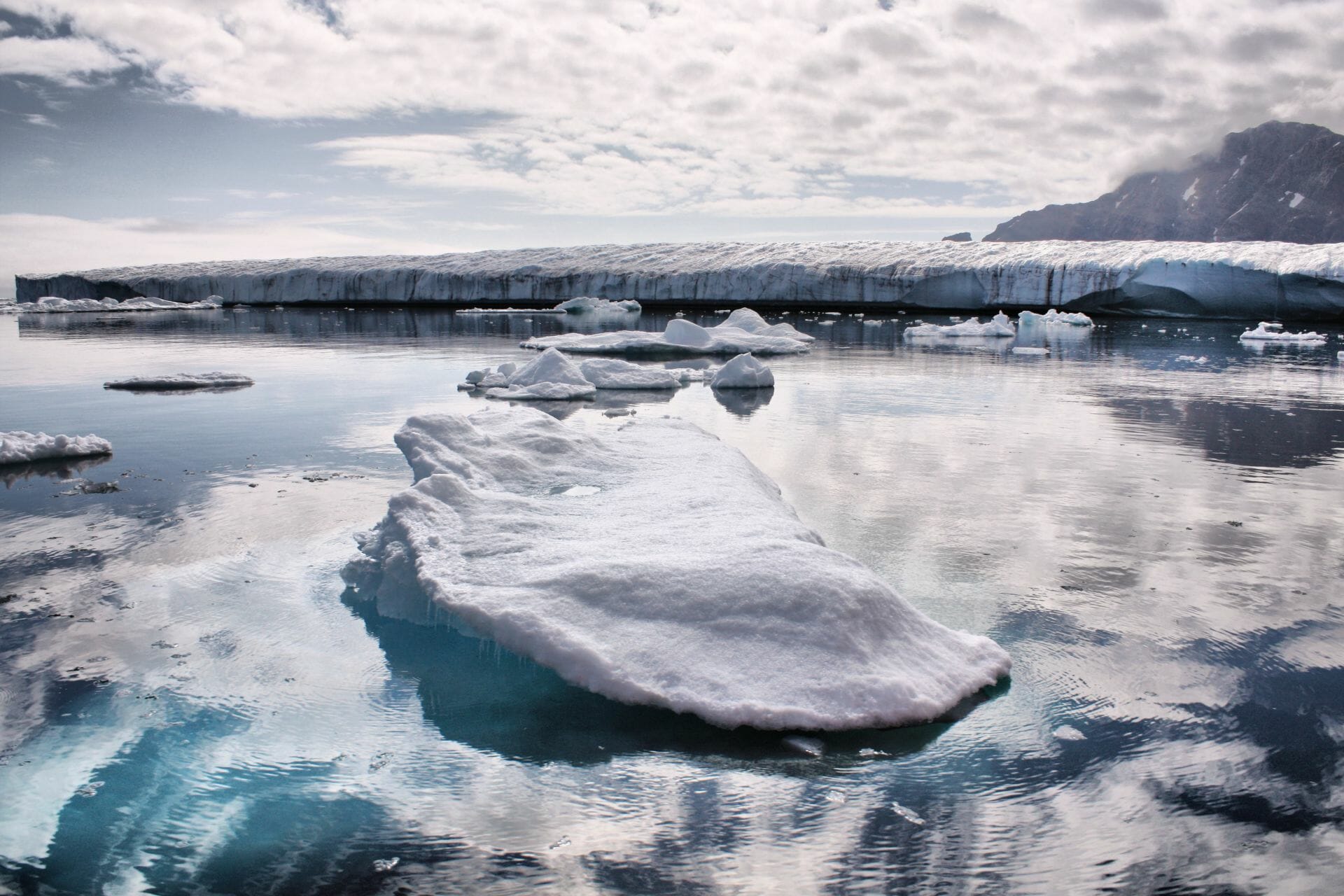Severe droughts and record heat waves in Iran have resulted in mass unrest across the country, fuelled by government inefficiency in water resource management and high unemployment numbers. Protests against the Iranian government began on July 15 and have spread across the nation, resulting in the deaths of at least eight people and the arrests of hundreds.
Water resources in Iran have been sparse as a result of environmental factors, including record temperatures and lack of rain, combined with mismanagement of the water sector including hydroelectric dam construction and prioritisation of water-intensive crop farming.
Protests began on July 15 in the southwestern province of Khuzestan, escalating across the country and reaching the capital city of Tehran. New Iranian President Ebrahim Raisi, who took office this week, has publicly recognised the water shortages across the nation. However Amnesty International has found that Iranian security forces used unlawful measures including firing live ammunition to crush the protests. Intelligence forces have also directed mass arrests of protestors and activists across the nation to quell the demonstrations.
Using live ammunition against unarmed protesters posing no imminent threat to life is a horrifying violation of the authorities’ obligation to protect human life. Protesters in Iran who take to the streets to voice legitimate economic and political grievances face a barrage of gunfire, tear gas, and arrests.
— Diana Eltahawy, Amnesty International Deputy Director for the Middle East and North Africa.
Temperatures of up to 50 degrees celsius have exacerbated Iran’s national water crisis, as the head of Iran’s meteorological service has reported that the period from October 2020 to June 2021 was the driest in 53 years. The average temperature in the nation has risen by 2 degrees Celsius since the late 1960s, whilst rainfall has decreased 20% in the last two decades. Over that period, Iran’s Energy Ministry has constructed four new dams on Iran’s largest river, the Karun, which has now dried up.
As water resources plague a population that is already struggling with high unemployment numbers, demonstrations against the government’s handling of the crisis filled the streets over the last month.
Tehran citizens join #IranProtests, holding a protest rally in Jomhouri St, chanting “Neither Gaza, Nor Lebanon, Long Live Iran”
They also chant Down with Dictator pic.twitter.com/eyZEphPziP— Reza Khaasteh (@Khaaasteh) July 26, 2021
To help alleviate the water shortage, Iran’s parliamentary energy committee will open up the flow of two major dams along the Karkheh and Dez rivers, according to reporting by the ISNA news agency. The construction of hydroelectric dams like those on the Karun has compounded the issue, as the record heat waves result in evaporation of the reservoirs.
Related Articles: Protests in Iran and the Reasons Behind Them |As Cities Grow Across Africa, They Must Plan for Water Security
Environmental experts have said that the water shortage is a result of a combination of environmental factors and mismanagement of agriculture development. Over 90% of Iran’s water resources are used for agriculture, and with international sanctions resulting in a government push for self-sufficiency, the promotion of water-intensive crops including rice, sugar cane and wheat has amplified the nation’s water shortages.
Experts say that a lack of communication between Iran’s government agencies has catalysed the agricultural mismanagement issues.
We show that the #groundwater depletion in #Iran is human-driven and has already endangered water and food security and transcended to other elements of environment such as soil salinity and stability. https://t.co/J7CU7ouAmC@AshrafSamaneh @AmirAghaKouchak
— Ali Nazemi (@AliRNazemi) April 28, 2021
Speaking to Climate Home News, Banafsheh Keynoush, an expert in Iran’s geopolitics, stated that “Iranian officials have acknowledged that outdated agricultural and irrigation systems, as well as poor water management policies in the past three decades, have contributed to nationwide water shortages,” adding that “there is no comprehensive nationwide water management plan or inter-agency coordination”.
A study published earlier this year has reportedly shown sharp declines in Iran’s groundwater reserves as a consequence of agriculture, with over 76% of Iran’s surface area excessively exploited by groundwater reserves over the past 14 years.
Experts have warned for some time that the water crisis in Iran could result in large areas becoming uninhabitable, which would result in the forced migration of millions of the Iranian people. A major change in policy will be needed to avoid a dramatic humanitarian crisis.
Editor’s Note: The opinions expressed here by Impakter.com columnists are their own, not those of Impakter.com. — In the Featured Photo: Drought in Namak Lake, Iran. Featured Photo Credit: Hansueli Krapf .










